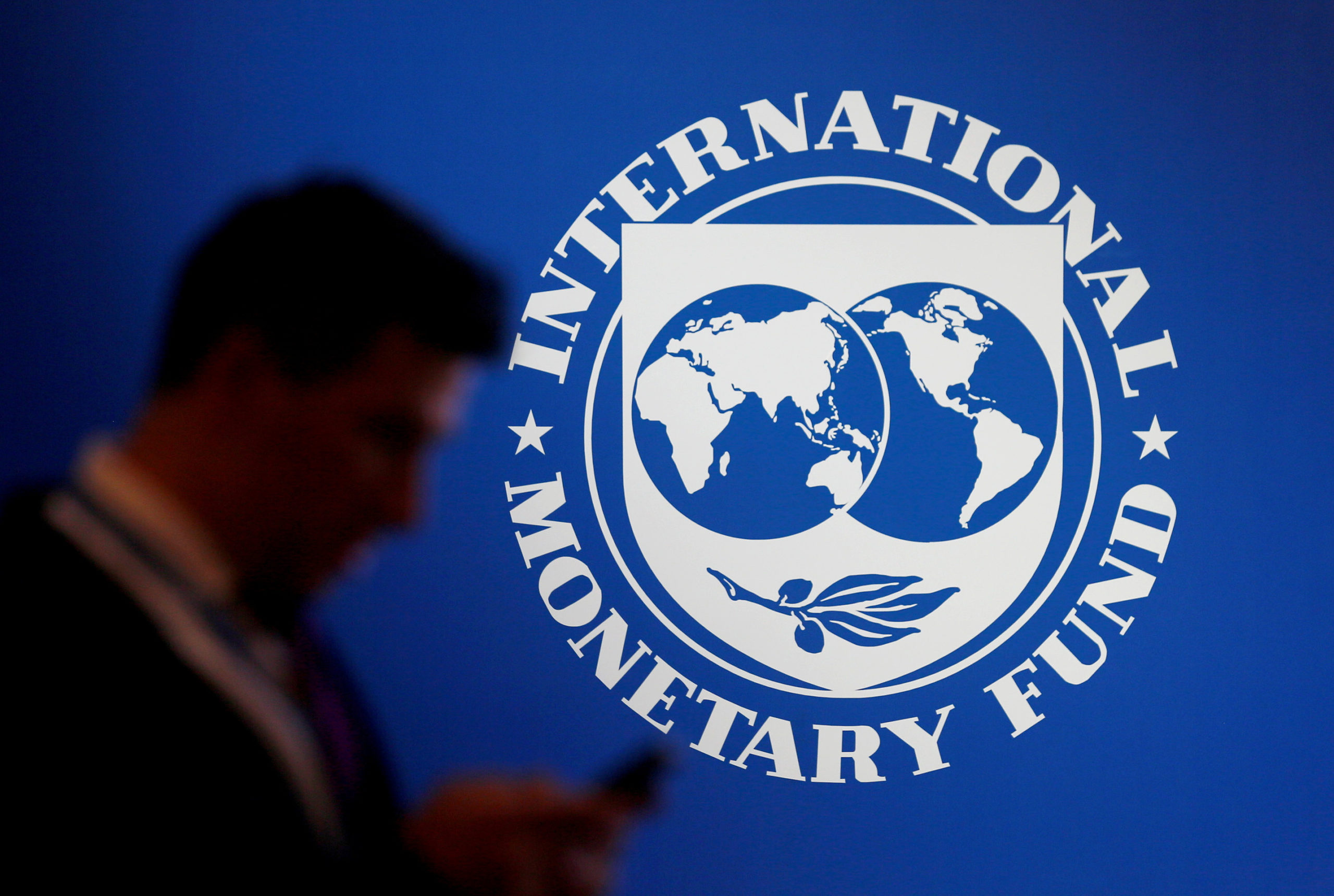IMF turns more bullish on PH

A participant stands near a logo of IMF at the International Monetary Fund – World Bank Annual Meeting 2018 in Nusa Dua, Bali, Indonesia, October 12, 2018. REUTERS/Johannes P. Christo/ File photo
MANILA — The Philippines could hit the government’s tempered growth target this year, according to the revised outlook of the International Monetary Fund (IMF) that highlighted a “surprisingly” resilient global economy as inflation slows almost as quickly as it rose.
In its latest World Economic Outlook (WEO) report released on Tuesday, the IMF said it forecasts the country’s gross domestic product (GDP) to grow by 6.2 percent this year, better than the 6-percent projection it gave in January.
The better IMF prediction means GDP expansion this year would beat the 5.5-percent growth recorded in 2023.
At the same time, the domestic economy would hit the watered-down goal of the Marcos administration, which aspires for a 6 -to 7-percent growth for 2024.
READ: PH GDP growth likely to miss gov’t targets for 2024, 2025
At that rate, Ragnar Gudmundsson, IMF resident representative for the Philippines, said the country had the potential to outperform the Asean (Association of Southeast Asian Nations) region, which is forecast to grow 4.6 percent on average in 2024.
“Real GDP growth for 2024 was revised slightly to 6.2 percent, reflecting carryover from a better-than-expected outturn in the last quarter of 2023,” Gudmundsson said in an emailed response to questions.
Structural reforms
Meanwhile, economic expansion next year is expected to stay at the 6.2 percent pace, better than the IMF’s previous projection of 6.1 percent on the back of an “acceleration in domestic demand and investment.”
READ: World Bank bullish on PH growth
But despite the upward revision, the Fund’s outlook for 2025 would still upset even the government’s less upbeat growth ambition of 6.5 to 7.5 percent.
Moving forward, IMF’s Gudmundsson said more “structural reforms” were needed so the Philippines can fully unlock its growth potential in the next three to five years.
“Over the medium term, structural reforms to close infrastructure and education gaps, attract greater FDI (foreign direct investment), and harness benefits from the digital economy should help realize a growth potential of about 6 to 6.5 percent,” he said.
Zooming out, the IMF said global growth this year and next was projected to hold steady at 3.2 percent, with median headline inflation declining from 2.8 percent in 2024 to 2.4 percent in 2025. INQ
